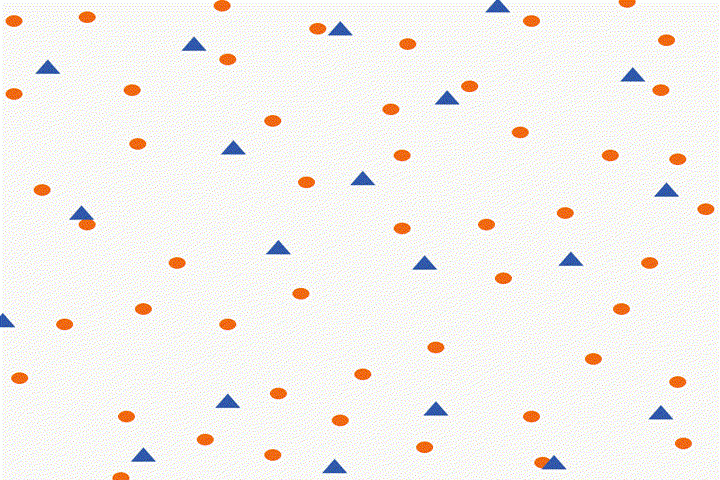
In a technical paper recently published in Ecological Modelling, conservation scientist Neil Carter and coauthors introduce a new spatially-explicit agent-based model of tiger population dynamics shaped by different territorial behaviors of males and females.
The devil is in the details. To Neil Carter, that means more effective conservation policies can be designed by zooming in and looking closely at how tigers, on an individual scale, interact with the landscape and with each other.
Dr. Carter, a postdoctoral fellow at the National Socio-Environmental Synthesis Center (SESYNC), is interested in conservation forecasts. He wants to know how different human activities—such as forest degradation and fragmentation, poaching, and road building—may in the future affect the globally endangered Panthera tigris so that we may know how best to protect them (and the people who live alongside them).
“Human–tiger interactions are characterized by complex feedbacks that begin with overlapping use of land and, in their deadliest iterations, can lead to tiger attacks on people and livestock and retaliatory killings of tigers,” says Carter. “In these interactions, people and tigers are making decisions with respect to one another. Policies that both improve human well-being and advance conservation therefore require a deep understanding of human and animal decision making integrated together.”
Agent-based models (ABMs) can help facilitate such understanding. ABMs are sophisticated computational tools useful for exploring how these decision making processes play off one another without having to actually manipulate them in the real world. And insights gleaned from these models can help researchers make data-supported predictions about outcomes from different management scenarios, Carter says.
But making predictions from computational models that are useful to policy makers benefits tremendously by looking tiger-to-tiger.
"We might have numbers-based expectations for how a tiger population will respond to urban development or protection of natural habitat: a certain amount of land and a certain number of animals should elicit a certain response. But sometimes populations don’t respond how we expect, because there are one-on-one interactions within populations that influence responses to changes in the landscape," explains Carter.
The one-on-one interactions Carter refers to are territorial behaviors. Territoriality impacts the size and age composition of tiger populations in an important way—for example, as natural habitat shrinks from human development and tigers are pushed closer and closer together, rates of infanticide (male tigers killing cubs sired by another) may rise. Infanticide leads to fluctuations in the number of tiger young, potentially making the tiger population more susceptible to human-caused threats.
Infanticide and other territorial behaviors are normal interactions among tigers in a spatially heterogeneous environment, yet they are interactions previous models were unable to capture. So Carter set out to build an ABM that could capture these complex dynamics at high resolution. It was no small feat: it took him and his collaborators one year to build, verify, and validate the model. Carter and his coauthors applied the model to Nepal’s Chitwan National Park, a biodiversity hotspot for which there exists a wealth of site-specific data. But because the ABM is based on basic principles of territoriality (e.g., resource requirements and dominance relationships), it can be applied to any site for which habitat-specific empirical data such as territory sizes and tiger and prey densities are available.
The utility of the model is in applying what we already know about tiger behaviors to possible future scenarios, providing data-supported “if, then” predictions.
“The paper is our introduction of the ABM to the modelling community in all its gory detail. So, hack away—and we can then begin to build on it to explore policy relevant questions in hotspots for human–carnivore conflict,” says Carter.
The paper, “Modeling tiger population and territory dynamics using an agent-based approach,” Neil Carter, Simon Levin, Adam Barlow, and Volker Grimm, was published online June 24, 2015, in the journal Ecological Modelling.
The model will be accessible via OpenABM, and code for the model can be downloaded via the paper’s supplementary data.

The National Socio-Environmental Synthesis Center, funded through an award to the University of Maryland from the National Science Foundation, is a research center dedicated to accelerating scientific discovery at the interface of human and ecological systems. Visit us online at www.sesync.org and follow us on Twitter @SESYNC.